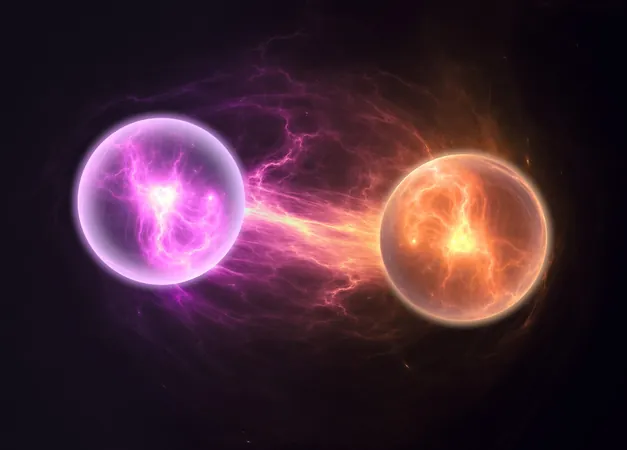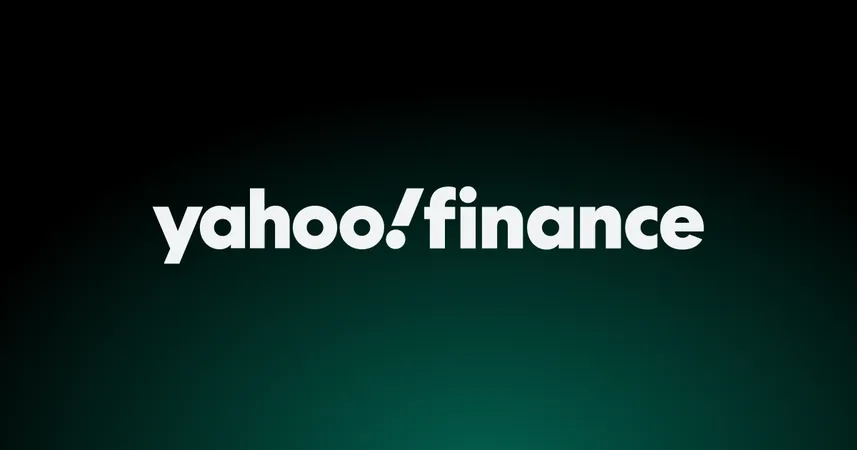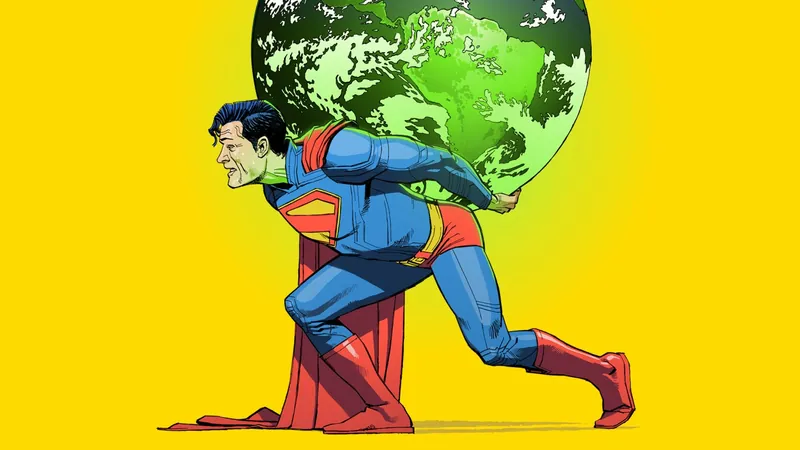
Revolutionizing Quantum Networks: The Power of Recycled Entanglement!
2025-08-04
Author: Charlotte
Quantum Scientists Unlock New Potential in Entanglement
For years, quantum physicists have treated entanglement like an invaluable treasure, crafting new connections between particles for every secure message or computation. But a groundbreaking new theory suggests a more sustainable approach—recycling existing entangled pairs along an extended chain!
The Magic of Quantum Entanglement
Why is entanglement such a big deal? It intimately links the properties of particles, allowing instant knowledge of one particle's state based on another's measurement, no matter the distance between them. This bizarre bond is crucial for quantum key distribution, global quantum internet proposals, and sophisticated sensing technologies.
Say Goodbye to Costly Fresh Pair Generation!
Because entanglement can't simply be duplicated, every application currently relies on producing new pairs on demand—requiring delicate lasers or cryogenic systems. The process of generating and storing these pairs creates experimental hurdles. However, this new strategy of recycling existing links could simplify network designs and reduce the number of fragile qubit memories needed!
An Infinite Chain of Connection?
The research team from the Harish-Chandra Research Institute (HRI) designed a fascinating model using participants named Alice and Bob, who start with one entangled pair. Along come newcomers Charu and Debu, each equipped with separate particles that can locally interact with Alice and Bob but are blind to each other.
Once entanglement is transferred, Alice and Bob retain a diminished link, sufficient to support further connections without needing new resources. This remarkable recycling process can theoretically continue indefinitely, although each recipient will receive a tinier share each time.
Mathematics at Work: The Sharing Protocol
The researchers established that this protocol can repeat as long as users are okay with less entanglement each round. Their calculations use a metric called concurrence to track how much entanglement remains after each handoff, ensuring fairness without a hard cutoff on how much can be shared.
Real-World Challenges Await!
Of course, practical applications face real limitations. Each time interactors engage, they lose some photons and endure noise, which can degrade the correlation necessary for proper function. Engineers will need to carefully balance these losses against the costs of generating fresh entangled pairs.
From Theory to Reality: Experimental Opportunities!
The groundbreaking protocol is ready for lab tests using existing local interactions and classical coordination—tools that are already prevalent in superconducting and photonic laboratories. Imagine a tabletop demonstration linking two microwave qubits to transfer entanglement downstream! Similarly, optical groups could explore entangled photons stored in fiber loops.
What's Next for Quantum Networks?
As scientists delve deeper, new questions will emerge—like how many customers can draw from one source before it runs dry? This could lead to exciting research intersections like entanglement distillation to refresh degraded entanglement.
Policymakers looking to invest in quantum infrastructure will surely keep an eye on these findings, as efficient resource utilization could result in faster returns on their investments.
This study was recently published in the journal Physical Review A, marking an exciting step for the future of quantum communications!









 Brasil (PT)
Brasil (PT)
 Canada (EN)
Canada (EN)
 Chile (ES)
Chile (ES)
 Česko (CS)
Česko (CS)
 대한민국 (KO)
대한민국 (KO)
 España (ES)
España (ES)
 France (FR)
France (FR)
 Hong Kong (EN)
Hong Kong (EN)
 Italia (IT)
Italia (IT)
 日本 (JA)
日本 (JA)
 Magyarország (HU)
Magyarország (HU)
 Norge (NO)
Norge (NO)
 Polska (PL)
Polska (PL)
 Schweiz (DE)
Schweiz (DE)
 Singapore (EN)
Singapore (EN)
 Sverige (SV)
Sverige (SV)
 Suomi (FI)
Suomi (FI)
 Türkiye (TR)
Türkiye (TR)
 الإمارات العربية المتحدة (AR)
الإمارات العربية المتحدة (AR)